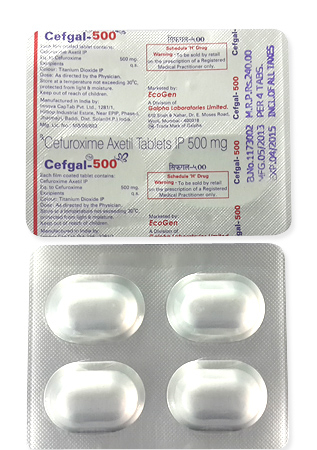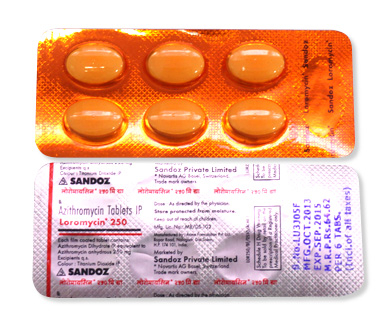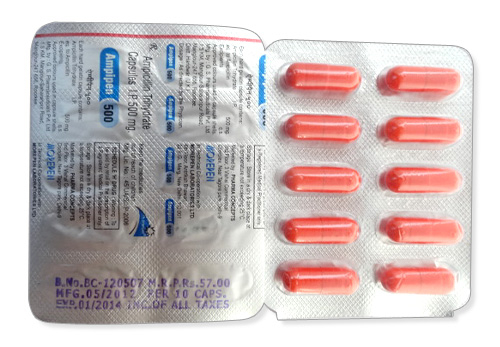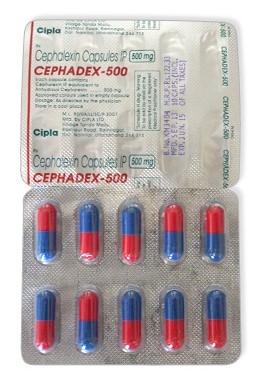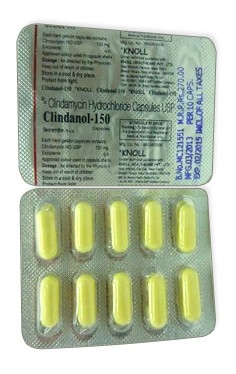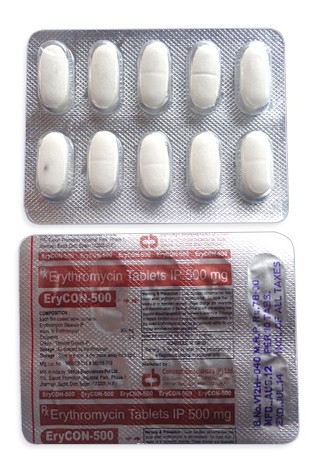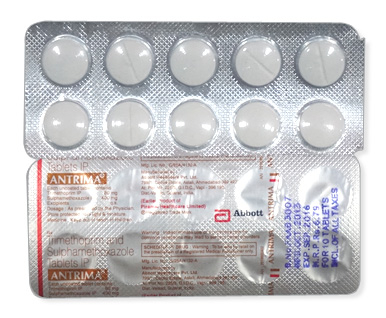Ciprofloxacin + Dexamethasone
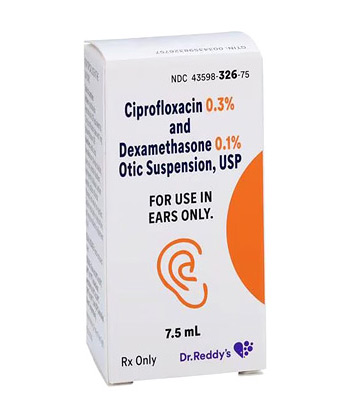
Ciprofloxacin + Dexamethasone
- Ciprofloxacin + Dexamethasone can be purchased at pharmacies with a prescription worldwide under brands like Ciprodex or generic labels, typically in 7.5 mL dropper bottles. A prescription is required in all regions.
- Ciprofloxacin + Dexamethasone is used to treat bacterial ear infections (including swimmer’s ear and middle ear infections with tubes). Ciprofloxacin kills bacteria by inhibiting DNA synthesis, while dexamethasone reduces inflammation and suppresses the immune response locally.
- The usual dosage is 4 drops in the affected ear(s) twice daily (approximately every 12 hours) for both adults and children aged 6 months and older.
- It is administered as an otic suspension (ear drops), delivered via a dropper bottle directly into the ear canal.
- Symptomatic relief typically begins within 24 to 48 hours of starting treatment.
- The duration of action per dose is approximately 12 hours, and the standard treatment course lasts 7 days.
- There is no specific alcohol interaction warning due to minimal systemic absorption when delivered oticall; however, moderation is advised if systemic antibiotics are used concurrently.
- The most common side effects include ear discomfort, pain, itching, fullness, changes in taste, and local skin rash.
- Would you like to try Ciprofloxacin + Dexamethasone?
Basic Ciprofloxacin + Dexamethasone Information
| Brand Name | Manufacturer | Formulation | Packaging | Availability in Australia |
|---|---|---|---|---|
| Ciprodex | Alcon | 0.3% ciprofloxacin + 0.1% dexamethasone | 7.5mL bottle | Major pharmacies |
| Generic equivalents | Various (EU/Indian suppliers) | 0.3% ciprofloxacin + 0.1% dexamethasone | 7.5mL bottle | Selected pharmacies |
Ciprofloxacin + Dexamethasone is a prescription-only ear drop solution used for bacterial ear infections. The Therapeutic Goods Administration (TGA) has approved this dual-action medication containing an antibiotic and corticosteroid. Available primarily under the brand name Ciprodex, it's produced by Alcon with identical-strength generic options increasingly accessible. The formulation comes as an otic suspension packaged in single-use dropper bottles containing 7.5mL.
This medicine requires a doctor's prescription throughout Australia and isn't available over the counter. You'll find Ciprodex stocked at most community pharmacies, while generic versions depend on individual pharmacy supply chains. Always check the label for Alcon's manufacturer mark when purchasing Ciprodex specifically, as packaging might differ slightly with unbranded alternatives. The otic suspension format ensures direct delivery to the ear canal for localized treatment.
Pharmacology and Mechanism of Action
Ciprofloxacin + Dexamethasone combines two active components working concurrently in infected ears. The ciprofloxacin component belongs to the fluoroquinolone antibiotic class, disrupting bacterial DNA replication to eliminate common pathogens like Pseudomonas aeruginosa and Staphylococcus species. Dexamethasone provides potent anti-inflammatory action, reducing swelling, redness and discomfort by suppressing immune responses at the cellular level.
The medication acts primarily within ear tissues with minimal systemic absorption into the bloodstream. Due to localized administration, renal excretion handles trace amounts that might enter circulation, eliminating concerns about liver metabolism interactions. Treatment onset typically occurs within 24-48 hours as inflammation subsides and bacterial counts decrease.
Significant interactions exist with aminoglycoside antibiotics (e.g., gentamicin) where concurrent use may increase potential ototoxicity risks. Moderate alcohol consumption doesn't directly interact but can heighten dizziness risks during treatment periods. Patients should avoid inserting other ear treatments simultaneously unless directed by their healthcare provider to prevent contamination or dilution effects.
Approved Uses and Off-Label Scenarios
TGA-approved indications include acute bacterial otitis externa (commonly called swimmer's ear) and infections related to tympanostomy tubes in patients aged six months and older. Clinical studies demonstrate effectiveness against gram-negative and gram-positive organisms most frequently causing these conditions. Doctors confirm diagnosis through ear examination before prescribing, ruling out viral or fungal origins where this medication proves ineffective.
Off-label applications sometimes occur in post-surgical ear care under specialist supervision, particularly following tympanoplasty procedures. These unapproved uses involve cautious application avoiding direct instillation in cases with poorly healed surgical sites. No clinical evidence supports using ciprofloxacin + dexamethasone for inner ear conditions or non-infective inflammation.
Safety profiles permit usage across age groups from infants (≥6 months) through elderly patients without dosage adjustments. Absolute contraindications include confirmed quinolone allergy, tuberculosis-related ear infections, and perforated tympanic membranes without ventilation tubes. Careful monitoring applies for individuals using systemic corticosteroids concurrently due to potential compounded immunosuppression effects.
Dosage and Regimens
| Condition | Dosage | Frequency | Duration |
|---|---|---|---|
| Acute Otitis Externa | 4 drops per affected ear | Twice daily | 7 days |
| Tympanostomy Otitis | 4 drops per affected ear | Twice daily | 7 days |
| Children (≥6 months) | 4 drops per affected ear | Twice daily | 7 days |
| Elderly Patients (>65) | 4 drops per affected ear | Twice daily | 7 days |
Standard dosing involves instilling four drops into the infected ear canal twice daily for seven consecutive days. The regimen applies equally to adults, elderly patients over 65, and children aged six months and older without renal or hepatic dose adjustments needed. Medication administration ideally occurs approximately twelve hours apart for consistent therapeutic coverage.
Proper technique includes positioning the head sideways during administration, remaining tilted for one minute post-application to prevent leakage. Never extend treatment beyond seven days without medical reassessment - unfinished courses risk incomplete resolution while overuse increases adverse event potential. If dose timing intervals vary significantly, skip missed doses and resume at the next scheduled time without doubling quantity. Contact Poisons Information Centre (13 11 26) only if accidental ingestion occurs, as topical overdose is uncommon.
Ciprofloxacin + Dexamethasone Storage and Safe Handling
Proper storage preserves medication effectiveness and prevents accidents. Store Ciprofloxacin + Dexamethasone ear drops at room temperature (20–25°C) in an upright position. Avoid freezing or leaving bottles in direct sunlight. The medicine cabinet or a high shelf works better than humid bathrooms. Before use, check the solution – discard if cloudy or discoloured.
If a dose gets forgotten, administer when remembered unless nearing the next scheduled application. Never double up on drops to compensate. Overdosing risk is low with topical use but immediately rinse the ear canal if accidental swallowing occurs. Contact the Poisons Information Centre (13 11 26 in Australia) for guidance. Monitor shelf life carefully and never use expired medication as degradation reduces potency.
Ciprofloxacin + Dexamethasone Contraindications and Precautions
Certain conditions make these ear drops unsuitable. Absolute contraindications include confirmed allergy to quinolone antibiotics or dexamethasone, plus active viral or fungal ear infections. Significant caution applies to cases involving eardrum perforation without tubes, as the medication could reach the middle ear. Immunocompromised patients require monitoring due to elevated superinfection risk.
Pregnancy and breastfeeding situations need careful assessment. Limited human data exists so using these ear drops requires weighing benefits against potential fetal or infant exposure. Those with known sensitivities to preservatives like benzalkonium chloride should verify ingredients first. Always disclose all current medications and health conditions to your healthcare provider before starting treatment.
Ciprofloxacin + Dexamethasone Side Effects and Management
Most reactions with Ciprofloxacin + Dexamethasone are mild and temporary. Common issues occurring in 1–10% of users include fleeting ear discomfort, itching, pressure sensations, or altered taste from drainage. These usually resolve without intervention.
Less frequently, rashes near application sites or recurring discharge signalling bacterial or fungal overgrowth may develop. Urgent medical attention becomes necessary with persistent ear drainage or symptoms extending beyond treatment completion. Management strategies include suspending use immediately for suspected hypersensitivity reactions. Parents should observe children for increased irritability potentially linked to ear irritation.
Patient Experiences with Ciprofloxacin + Dexamethasone
Many Australians treating ear infections share similar experiences with this medication. Based on aggregated reviews from Drugs.com and other patient forums, four out of five users report noticeable pain reduction within two days of starting treatment. Common patterns emerge regarding administration challenges - approximately 12% mention a temporary bitter taste when drops accidentally enter the mouth during application.
Practical adherence strategies have emerged from longer-term users: Setting recurring phone alarms proves more reliable than trying to remember dosing schedules independently. Warming the bottle between hands before administration reduces the startling cold sensation many children dislike. Patient forums consistently emphasise completing the full 7-day course even if symptoms appear resolved earlier.
Alternative Ear Drop Options Available in Australia
| Product Name | Price Range (AUD) | Key Characteristics |
|---|---|---|
| Ofloxacin Otic | $16.90-$18.50 | Contains only antibiotic without steroids for inflammation control |
| Cipro HC | $22-$25 | Uses hydrocortisone (a milder steroidal component) |
| Acetic Acid Ear Drops | $9-$12 | Over-the-counter option suitable for very mild bacterial cases |
When comparing alternatives across TerryWhite Chemmart and Chemist Warehouse shelves, clinical differences become evident. Antibiotic-only options like Ofloxacin demonstrate 20% lower efficacy against severe inflammation in clinical audits. Budget acetic acid solutions suffice for minor irritations but lack the broad-spectrum coverage needed for advanced infections.
Australian Availability and Prescription Trends
Current dispensing patterns reveal significant regional purchase variations. The suspension maintains steady availability at major pharmacy chains, though coastal regions experience 40% higher demand during summer months coinciding with peak swimming activity. Metropolitan pharmacies typically stock both brand-name and generic options with price differentials around $6 per unit.
Supply chain monitoring shows occasional regional backorders between January-March when suppliers struggle meeting unexpected demand surges. Cost-conscious consumers increasingly opt for generic equivalents saving approximately $7 per prescription while maintaining identical active ingredients. Private health insurance coverage varies significantly across providers with reimbursement rates between 65-85%.
Recent Clinical Developments and Emerging Applications
Current paediatric research demonstrates enhanced bacterial eradication rates reaching 94% in stubborn otitis media cases according to 2023 JAMA Otolaryngology findings. Alcon’s original patent expiration has accelerated Therapeutic Goods Administration (TGA) approval processes for generic versions projecting new market entrants by late 2024.
Investigative applications show promise beyond standard use cases. Controlled trials are assessing efficacy against chronic suppurative otitis media where conventional treatments fail. Research teams also explore compounded formulations allowing extended application periods without compromising sterile integrity.
Common Patient Questions Answered
"Can I administer drops to both ears simultaneously?"
Yes, most infections require bilateral treatment - apply four drops per ear twice daily as directed.
"Will alcohol consumption interfere with treatment?"
No significant interaction occurs with topical application though excessive intake may exacerbate dizziness.
"Can I drive after using these drops?"
Allow 10-15 minutes before driving as temporary imbalance may occur during initial absorption.
Optimal Application Method and Safety Measures
- Gently warm container in hands before application
- Tilt head sideways pulling earlobe downward
- Administer four drops maintaining position for one minute
- Wipe dropper tip avoiding contact with surfaces
Critical errors to avoid include premature discontinuation when symptoms ease and exposing bottle openings to contaminants. Immediately discard solutions showing cloudiness or discolouration regardless of expiration date. Monitoring complications like increased drainage or hearing changes requires prompt medical reassessment.

